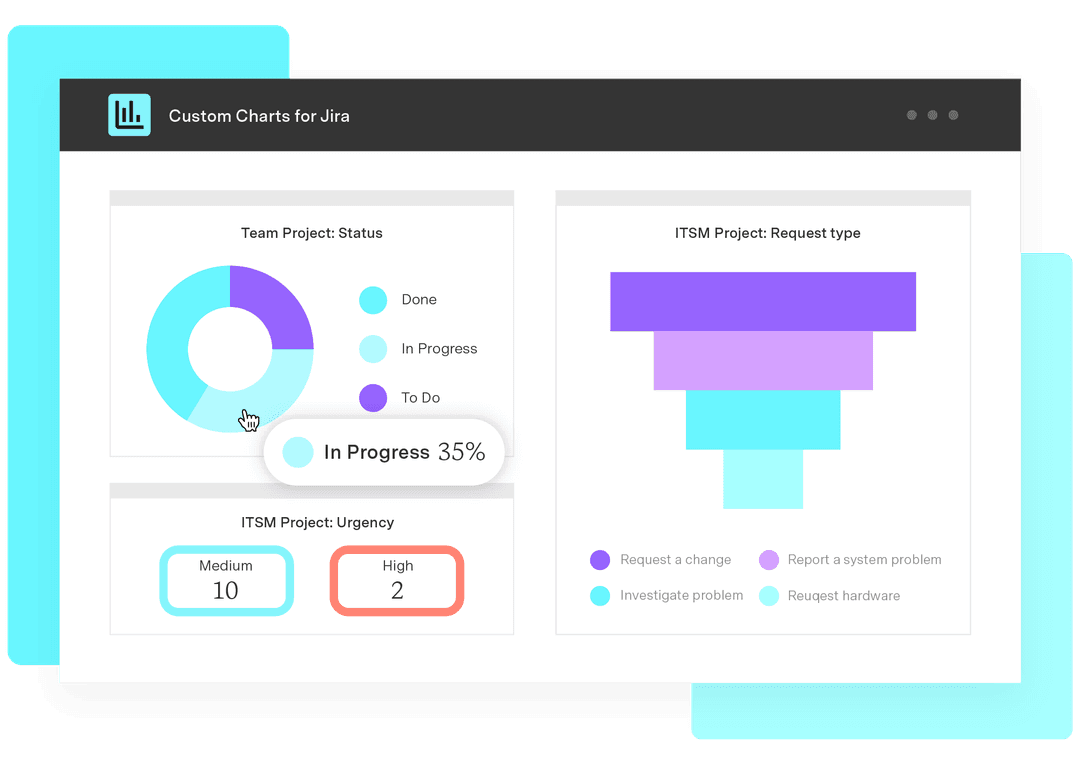What is the meaning of rapport building?
Tempo Team
Building rapport means forming a mutual relationship with coworkers that allows genuine communication. This kind of connection plays a vital role in the workplace. People are more likely to share ideas when they trust each other and feel understood. They don’t second-guess others’ motives or hesitate to ask for help. It’s easier to solve problems and move work forward without friction.
Building rapport requires trust and mutual respect. Knowing how to form genuine connections – whether across a desk or a time zone – facilitates smooth collaboration and positive attitudes.
How to build rapport
Building rapport takes concerted effort, especially in fast-paced or remote work environments. Here are six ways professionals can strengthen their connections with colleagues:
1. Practice active listening
Give your full attention to the speaker. Make eye contact (or look into the camera during virtual calls), use body language and nonverbal cues to show your engagement, and comment on what you’ve heard to confirm understanding.
Your colleagues are more likely to open up and engage more deeply when they know you’re engaged. Resist the urge to interrupt or multitask during conversations. Turn off notifications and close unrelated tabs during video calls to eliminate distractions. Even a brief lapse in attention can convey disinterest.
2. Find common ground
People develop rapport more easily when they share an interest. Everyday topics like a mutual project or a recent meeting can serve as a starting point. Look for natural openings to build on the conversation. Over time, these touchpoints form a sense of familiarity and ease.
For remote teams, casual messaging channels and brief nonagenda moments at the start of a meeting can replace the water cooler chats that foster connections in an office.
3. Be consistent and reliable
People trust someone who follows through. When you meet deadlines, prepare ahead for meetings, and communicate clearly about work tasks, you signal that others can count on you. Reliability builds trust and creates more stable working relationships.
If you’re working in a hybrid environment, tell your team how and when you work best, then stick to it. Consistency helps your colleagues manage expectations.
4. Adapt your communication style
Not everyone communicates the same way. Some prefer a direct exchange, whereas others value a more conversational tone. Take note of your colleagues’ communication styles and adjust your approach to match. Pay attention to nonverbal communication, like body language and eye contact, to understand their mood and respond appropriately. Teamwork is easier when people feel like they’re on the same wavelength.
For remote teams, notice message tone and emoji use. Small textual and nonverbal cues can guide your interactions.
5. Remember names and personal details
Use a new acquaintance’s name in conversation or remember small details from past interactions to show you were paying attention. This communication habit builds familiarity and trust, especially when people don’t see each other regularly and building rapport takes more work.
When working with a remote team, keep notes in your meeting prep docs with personal details and conversation follow-ups.
6. Show appreciation and empathy
You don’t need to perform a grand gesture when someone is stressed; simply noticing is enough. If a person seems frustrated, acknowledge their efforts and check in privately. Expressing appreciation builds goodwill, and showing empathy reminds them you’re on the same team.
Comments like “Thanks for pulling that together on short notice!” or “That sounded like a tough call. How are you holding up?” show empathy. Your peers might appreciate it more than you realize.
The advantages of good rapport
Strong rapport affects team performance and project execution. When people trust each other and feel comfortable working together, business outcomes improve.
Here are some of the most significant advantages of strong professional relationships:
Increased trust and transparency
Transparency keeps projects on track and prevents minor issues from becoming bigger problems. When rapport is strong, people are more willing to admit something isn’t working and ask for help.
Trust also improves team dynamics by removing a layer of caution that slows down decision-making. People can focus on solving problems rather than worrying about how they’re perceived.
More effective collaboration during complex projects
Misunderstandings and missed handoffs inevitably occur in high-pressure or cross-functional projects. However, people who share a strong working relationship tend to clarify sooner and give each other the benefit of the doubt.
Good rapport also creates smoother feedback loops. People are more likely to ask for input early and share progress without nudging.
Greater psychological safety
In an environment with high psychological safety, people feel safe speaking openly without fear of being dismissed or punished for mistakes. This atmosphere is crucial for high-performing teams, and good rapport can help develop it. Colleagues who know each other and feel respected are more willing to offer new ideas and admit they don’t know something, leading to more innovative problem-solving.
Stronger stakeholder and client relationships
Rapport building extends beyond internal teams. The ability to build trust and communicate directly contributes to success in any business relationship. When you connect with stakeholders and follow through on promises, you earn their respect, helping you secure buy-in and move projects forward.
Rapport examples in the workplace
The benefits of rapport are most evident during everyday interactions, but meaningful relationships can also make a noticeable difference in the big picture. Here are several situations where good rapport supports favorable outcomes and strengthens working relationships:
During a one-on-one meeting
One-on-one meetings are much more productive when the participants have built rapport. A foundation of trust allows them to speak honestly. For example, if an employee feels comfortable with their manager, they’re more likely to ask for help or share suggestions to improve productivity.
Without rapport, conversations will likely stay surface-level, with unspoken gaps in understanding that go unaddressed.
In client onboarding
Building rapport with clients is vital, especially at the start of a long-term partnership. Figuring out how to establish rapport during onboarding will build trust and confidence from the start. Clients who feel heard and understood are more likely to share their concerns and respond positively to recommendations. They feel like they’re working with a partner – not just a vendor.
In contrast, an overly formal tone can cause disengagement that’s hard to undo later.
During performance reviews
Performance reviews are high-stakes conversations, and rapport sets the tone. When there’s already a strong connection between manager and employee, feedback feels like part of a continuous conversation rather than an evaluation.
A manager who takes time to build rapport can deliver criticism in a way that’s easier to digest. Employees are more likely to respond positively and ask questions instead of becoming defensive.
Conversely, a lack of rapport may lead to awkward, one-sided conversations in which neither party feels heard. They might avoid discussing vital feedback entirely.
Between cross-functional teams
Cross-functional collaboration brings together people from diverse roles. Without good rapport, this could lead to misunderstandings. However, team members who build connections early on can clarify expectations and maintain alignment, even when tensions rise. This is particularly important when team members are joining an ongoing project.
For example, if a product manager and designer have a strong working relationship, they can easily navigate scope changes mid-sprint. Instead of spreading blame, they’re more likely to work together to find solutions.
Support healthy team relationships with Tempo
Strong team relationships require clear, consistent communication. Tempo’s project management tools support this endeavor by helping teams visualize progress and identify tasks that need attention. This transparency reduces friction and helps build trust, maintaining smooth collaboration.
For example, Tempo’s Timesheets integration for Jira allows teams to track time spent and workforce capacity. Leaders can monitor efforts across projects and respond to delays with support instead of pressure. Consistent time tracking also helps them spot imbalances and give credit where it’s due. Team members feel more trusted and respected when their dedication is acknowledged.
Custom Charts for Jira allows teams to visualize their work via tailored dashboards. They enjoy improved alignment and reduced misunderstandings across departments. Instead of debating, teams can point to the same chart and discuss its implications.
Collaboration is easier when everyone can share and understand information at a glance. Tempo allows you to do just that.












































